SUMMARY
This is AI generated summarization, which may have errors. For context, always refer to the full article.
![[OPINION] The sad reality of environmental education in the Philippines](https://www.rappler.com/tachyon/2021/06/late-kaingin-student-sq.jpg)
“Sir, hindi po ako nakapagpasa ng module gawa ng kailangan po naming mag-uling. Nasa bundok po ako at madalang bumaba,” said one of my students in senior high school.
Reasoning out why he was not able to submit his module, the student had just set a problem example.
In a rural place like Mulanay, Quezon, where banana and coconut plantations are not very productive, people resort to charcoal-making for their livelihood. But the people here know that kaingin or pag-uuling is not a good means of living as it destroys their environment. In fact, people here experience water shortages that worsen over time. Mountains are also getting denuded and brown, and soil erosion often happens after strong rains or typhoons hit the area.
The problem lies in one’s action and awareness of environmental issues, as most people here have gone to elementary and high school. Did their education enforce that awareness? Have these people done real deeds towards environmental preservation and protection?
The Philippines is not behind in terms of making policies for education on the environment. As a result of a United Nations declaration in view of climate change, Republic Act No. 9512 or the Environmental Awareness Education Act of 2008 has been promulgated. This law mandates the three educational agencies – DepEd, CHED, and TESDA, in coordination with other agencies like DENR and DOST – to integrate environment education into all subject areas, use various teaching strategies to introduce environment education to learners, and enable students to develop their own sense of values and commitment to solve problems and make decisions concerning the environment.
DepEd Order No. 52, s.2011 has also sought to strengthen environmental education in public and private schools, requiring effective school-based activities that promote, protect, and preserve the environment. Even earlier, DepED Order No. 72, s.2003 established YES-O or the Youth for Environment in Schools Organization, an avenue for students to do actions such as clean-up drives, tree-planting activities, and other community environment-related activities.
On the tertiary level, some higher education institutions have started to offer environment-related courses; most HEIs have integrated environment protection into the NSTP courses; others, especially the private HEIs, even conduct community and extension programs regarding environment protection.
Going back to my student, I had a dilemma over what to say or how to react to his reasoning. I could not just reprimand him and tell him that school should be his priority, and that he should stop resorting to pag-uuling because it destroys the natural environment. What if I told him these and he stopped doing it, and then his family got hungry and they all died? My conscience would not bear it. Who was I to tell him this? I could not offer him and his family an alternative livelihood.
From here, I realized that an underlying problem is that families do not have other options for their livelihood. Considering these pandemic times, families do not have a choice other than to resort to solutions within their reach, such as turning woods into charcoal. My student, although aware of what he is doing to the environment, is victim to this principle, which keeps him from having the liberty to live through better means.
From these realities, I surmise two root causes of the gap between awareness and praxis in terms of environment education, ecological protection, and preservation.
First: the absence of a sustainable and integral development program. Aguas (2018) had observed that the Philippines has always been at the center of many ecological crises mainly because of human and natural factors. He thus proposed development that is both sustainable and integral, and is authentic for the common good.
But for me, even though the Philippines has many policies like integrative environment education, if they are not backed up by other policies and programs for things such as better employment and social welfare, these educational policies are useless.
Second: there is a lack of education programs, curricula, or teaching strategies that engage learners to practice environmental protection and preservation. Punzalan (2020), in his evaluation of the environmental awareness and practices of senior high school students, found out that there was a high level of environmental awareness among his respondents, but that they were poor in terms of environmental praxis. He thus recommended programs and activities in school that increase both the level of environmental awareness and the level of practice towards addressing environmental problems and sustainable development.
Garcia and Garcia (2016) also mentioned the need for environmental literacy that is science-based and taught in an in-school setting. One gap they observed is the undeveloped science literacy of teachers, which affects proper science and environmental teaching strategies.
Taking the vantage point of an educational manager, I would strengthen YES-O programs and institutionalize environmental programs. The school itself is an environment that does not only have administrators, teachers, parents, and students to interact with; it also has environmental components that need to be protected and preserved. Being situated in a community, the school should mirror a culture of environment protection and preservation.
One thing I can do is empower the teachers in school to have a deeper understanding of environmental problems, and let them brainstorm among themselves different strategies on how to teach environment topics. As an educational leader with the political will to inflict change in the school and in the community, I think a better solution is to provide teachers with proper scientific literacy in teaching environment literacy, and institutionalize and strengthen programs and activities concerning environment protection whether conducted in-school or outside of school.
Forming students’ minds and equipping them with skills will not only raise their awareness, but will encourage them seek alternatives when they have to make key decisions when dealing with the environment around them. For instance, the student who resorted to kaingin to make a living, if taught properly, could instead find an environment-friendly, alternative means of living. – Rappler.com
Laverne C. Tarubal is a PhD student in Development Education at Central Luzon State University.
Add a comment
How does this make you feel?
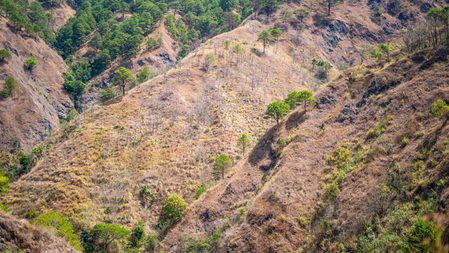
![[OPINION] The environmental crisis must be a matter of national security!](https://www.rappler.com/tachyon/2020/11/environmental-crisis-november-23-2020-1.jpg?fit=449%2C449)

![[OPINION] Education for life: Weaving ethics in all subject areas](https://www.rappler.com/tachyon/2024/03/Education-for-Life-Weaving-Ethics-in-All-Subject-Domains.jpg?resize=257%2C257&crop_strategy=attention)
![[OPINION] Limited intake of international students: Is Canada knee-capping its future?](https://www.rappler.com/tachyon/2024/02/tl-canada-forgeign-student-cap-02232024-2.jpg?resize=257%2C257&crop_strategy=attention)
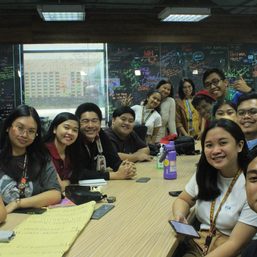
![[Rappler Investigates] Who’s fooling who?](https://www.rappler.com/tachyon/2024/02/rodrigo-sara-duterte-2019.jpeg?resize=257%2C257&crop=167px%2C0px%2C900px%2C900px)
![[EDITORIAL] Ang break-up Valentines ni Sara at Marcos](https://www.rappler.com/tachyon/2024/02/animated-2024-valentines-day-political-divorce-carousel.jpg?resize=257%2C257&crop_strategy=attention)

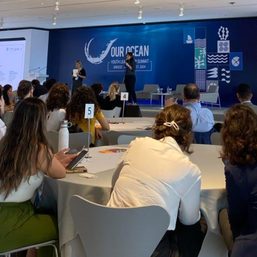
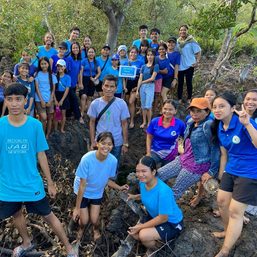


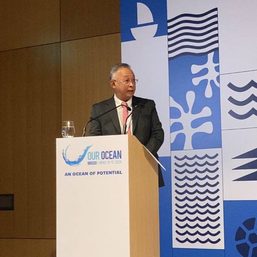
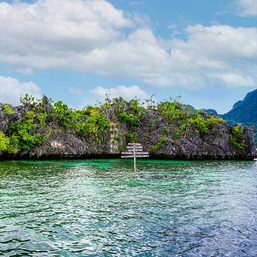

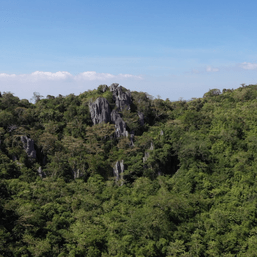
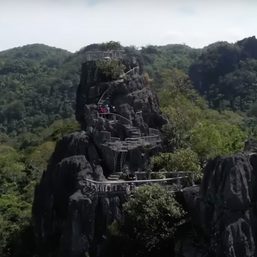
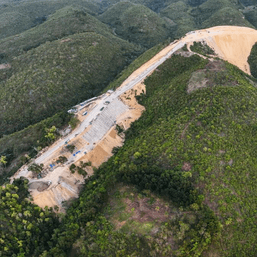



There are no comments yet. Add your comment to start the conversation.